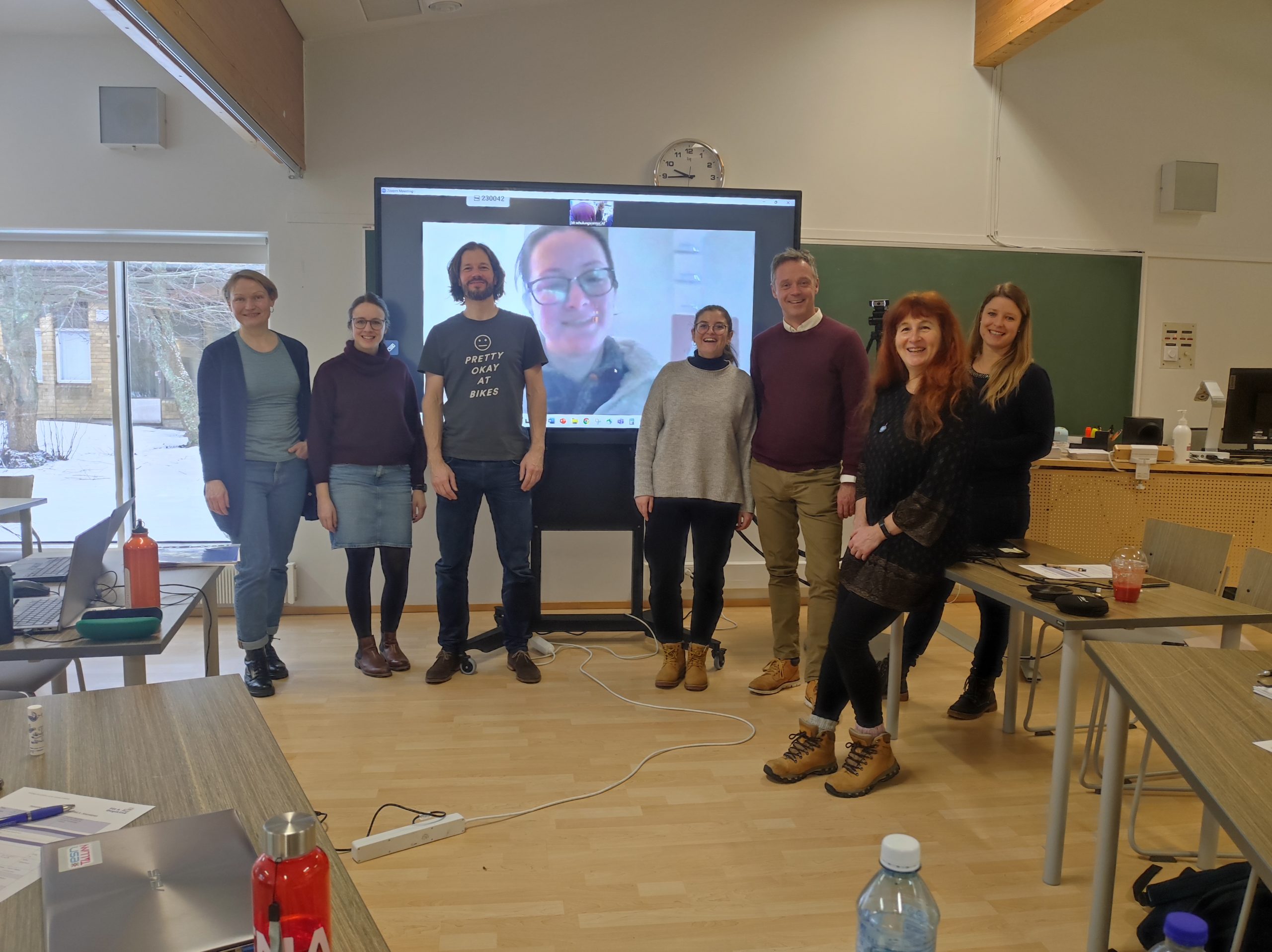Ensure that students reach their goals
It is language teachers’ main task to guide their students to their individual learning goals by equipping them with successful tools and strategies. Therefore, it is important to spend some teaching time on defining goals (also students should define their goals!). In the past, most students expressed similar objectives, namely, to be able to converse with native speakers when going abroad or reading books in their original language.
Today, however, second language learning has not only become increasingly important for recreation, but it has also become a crucial tool in the field of education as well as in the world of work. Thus, most foreign language learners no longer aim at language certificates for personal reasons only. Rather, they aim at a certificate for their professions, especially when living and working abroad, and they want to take the test as soon as possible. Nevertheless, in addition to this major goal, language teachers should make their students aware that there should always be at least two personal goals when acquiring a second language.
Let them be SMART!
After teachers have pointed at the importance of setting SMART goals, language learners need to define them. Ideally, all of them should be accomplished at the end of the course.
Smart goals are characterized by being specific, measurable, achievable, relevant, and time-based. For example: “At the end of my language course I will be able to write an e-mail to a hotel to book a room.” Help your students to find the right measure of difficulty in their learning goals and relevant personal goals. Make them write a letter to themselves in which they clearly list what they would like to attain at the end of the course.
As a result, language learners do not only motivate themselves, but they also keep in mind what they have targeted at the beginning.
Keep their goals alive
This requires some effort on the part of the teacher. Students should not forget their personal goals during the course. Therefore, teachers are well advised to integrate them into their lessons. This can be put to practice quite easily. Learners can, for instance, pin their goals on an online visual board as Padlet (https://padlet.com) that enables collaborative work. Moreover, they can design a paper-poster to record their learning successes periodically while approaching their goals.
Occasionally, however, even the best intentions are of little use if they are not being put into practice correctly. If language learners experience a lack of motivation, they tend to forget about ‘the big picture’. Hence, their teachers need to remind them constantly that less challenging exercises are a necessity on the way to improve their skills.
How to make students see their own progress
It is a rare experience that language learners are both conscious AND content of their abilities when learning a foreign language. There are, for instance, students who underestimate their language abilities. Other students, however, think to know it all. Therefore, feedback is a great tool to align students’ expectations in terms what they should actually know and to draw attention to these factors at the relevant point of study. There are at least two ways which are helpful to guarantee your students’ progress:
- Frequent evaluation
Evaluate your student’s progress on a regular basis in different ways. For example, language teachers can offer evaluations as playful team challenges or in simple tests (e.g., when recapitulating the latest chapter or topic in class).
Another way to make students notice their own progress is to let them solve real-life situations (e.g., returning a product, making a phone-call, planning a day trip with friends).
- Feedback from colleagues and teachers
Giving feedback is another helpful tool for students. First, teachers should take some time to make students familiar with giving and receiving feedback within their group. Feedback, by the way, should be constructive and on a friendly basis, too. Language learners should not only receive feedback by their teachers. But as soon as teachers have established a welcoming and appreciating learning atmosphere, students should also provide feedback.
Being a language examiner will help you guide your learning groups
The Common European Framework of Reference (CEFR) is be a good guide for teachers’ feedback, because it enables them to give their students objective feedback based on their individual results.
Integrating the CEFR into language lessons offers even more advantages. Teachers can, for instance, make use of appropriate preparation material of international language exams. Especially writing and speaking exercises, based on the CEFR, provide an excellent possibility for later feedback. Videos of language exams are another huge benefit for students who learn foreign languages. Thus, students will be able to watch candidates in real-life situations. Listening to other candidates in the situation of official exams will help students to develop an understanding for speaking exams. Moreover, these videos provide a good option for self-evaluation.
In addition to the integration of the CEFR into language lessons, teachers can even go one step further and become certified language examiners. A training program for each language level does not only help future examiners to acquire a basic understanding of test theory, but it also offers precious insights into test-construction as well as developing a deeper understanding of each CEFR level.
Curious to see examples? Here are some useful links for German as a second language:
- Here is an overview over all ÖSD exams and the preparation material: https://www.osd.at/en/exams/oesd-exams/
- Here is the official YouTube Channel with videos of oral exams: https://www.youtube.com/channel/UCt-QNeS5Y_79Fvh4xNChv1g/featured
- If you are interested in becoming an ÖSD examiner, here are the requirements: https://www.osd.at/en/for-examiners/training-for-oesd-examiners/
Reaching goals is great. But being able to support students in defining and reaching their goals is even better! Enjoy your mission! Enjoy teaching!
Any questions or comments? Do not hesitate to contact us!




